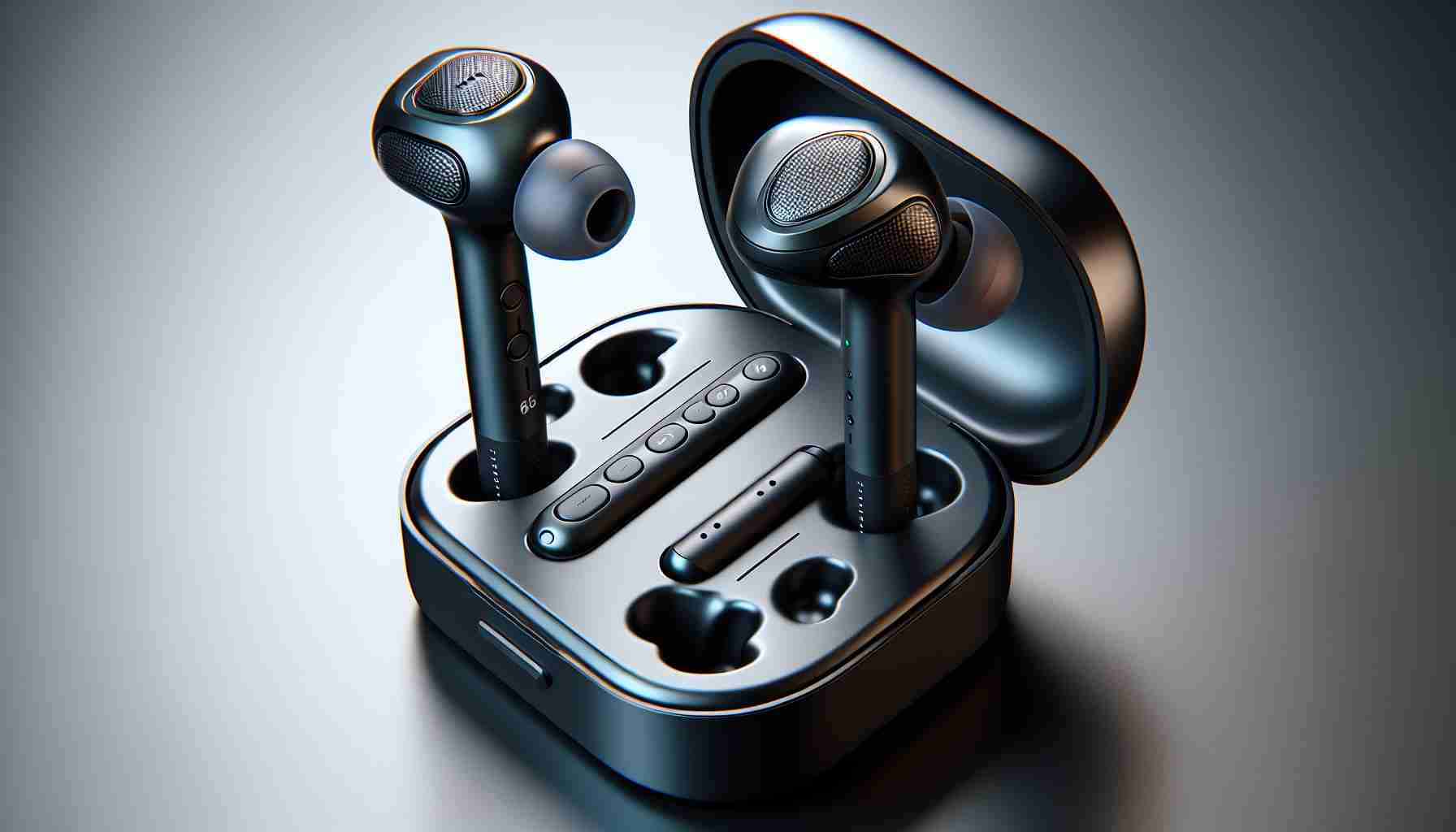When it comes to finding the perfect companion for your workouts, sports earbuds play a crucial role in enhancing your experience. Among the latest contenders, the Soundcore Sport X10 stands out with its unique rotating ear hooks that adapt based on your usage. These earbuds provide powerful bass and clarity, complemented by effective active noise cancellation, though it may not match the leading brands like Sony or Bose. Boasting an IPX7 rating, they can withstand complete submersion in water, making them ideal for any athletic environment.
Another noteworthy competitor is the Sennheiser Sport True Wireless earbuds. These are equipped with sport fins for a secure fit while being splash-proof and dust-resistant with an IP54 rating. Their design is a more durable variant of Sennheiser’s CX model, tailored for active lifestyles.
For those seeking affordability without sacrificing quality, the Skullcandy Push Active presents a compelling alternative. With an ear-hook design similar to premium models, they offer excellent comfort and stability during workouts, all while being budget-friendly.
Cleer Audio’s Arc 2 Sport also deserves a mention, as it has significantly enhanced sound quality and introduces features like UV sterilization in its new charging case. Lastly, JBL’s Live Pro 2 earbuds provide exceptional sound coupled with noise canceling capabilities and a comfortable fit, ensuring that listeners are well-equipped for any scenario during their workouts.
A Comprehensive Overview of Innovative Sports Earbuds
In the fast-evolving landscape of sports earbuds, technological advancements continue to reshape how athletes and fitness enthusiasts engage with their audio experience. The surge in demand for high-performance audio devices has led to the development of earbuds equipped with features tailored specifically for athletic activities. In this article, we explore some of the most innovative options available on the market today, while addressing key challenges, advantages, and disadvantages associated with sports earbuds.
What Features Should You Look for in Sports Earbuds?
When selecting sports earbuds, several questions come to mind regarding features that enhance performance:
1. What audio quality should one expect?
High-fidelity audio is essential for an immersive experience, especially during intense workouts. Look for earbuds with drivers that deliver clear highs and deep bass, often indicated by their frequency response range.
2. How important is battery life in sports earbuds?
Since workouts can vary in duration, battery life is a critical factor. Aim for earbuds offering at least 6-8 hours of playback time, with fast charging options to maximize usage.
3. Do sports earbuds need to be water-resistant or sweat-proof?
Absolutely. An IPX4 rating or higher is recommended for earbuds used in strenuous activities to protect against sweat and splashes.
Challenges and Controversies
Despite the innovations in sports earbuds, there are challenges that users must consider:
– Fit and Comfort: Not all earbud designs fit all ear shapes. Users with unique ear profiles may find certain models uncomfortable, leading to distractions during workouts.
– Noise Isolation vs. Awareness: Many sports earbuds offer excellent noise isolation, but this can be a double-edged sword. While it enhances the listening experience, it may reduce awareness of the surrounding environment, posing a safety risk, especially in outdoor settings.
– Cost vs. Features: As technology advances, some earbuds have skyrocketed in price, making it difficult for budget-conscious consumers to find high-quality options.
Advantages and Disadvantages of Sports Earbuds
To sum up the overall experience, here are some advantages and disadvantages:
Advantages:
– Enhanced Audio Quality: Modern sports earbuds focus on providing superior sound quality that can motivate users during workouts.
– Advanced Features: Many models come with integrated fitness tracking, heart rate monitoring, and customizable sound settings tailored to athletic performance.
– Durability: With varying degrees of water and dust resistance, sports earbuds are designed to endure the rigors of physical activity.
Disadvantages:
– Higher Price Points: Premium features often come at a premium price, which can deter potential buyers.
– Battery Limitations: While some models offer decent battery life, heavy users may require frequent charging, which can be inconvenient.
– Potential for Connectivity Issues: Bluetooth technology can sometimes be prone to disruptions, impacting audio performance during intense activities.
Emerging Trends in Sports Earbuds
The latest trends highlight the integration of artificial intelligence and biometric sensors in sports earbuds. For instance, earbuds that adapt sound profiles based on environmental noise levels or those that provide actionable feedback on performance metrics are gaining traction. Furthermore, models offering customizable settings via companion apps are becoming increasingly popular, allowing users to tailor their experience.
In conclusion, when selecting sports earbuds, it’s essential to evaluate the specific features that will best suit your needs. With numerous innovative options available, both casual and serious athletes can find the perfect match for their workout routines.
For more insights and information on this subject, visit Tom’s Guide or CNets.












